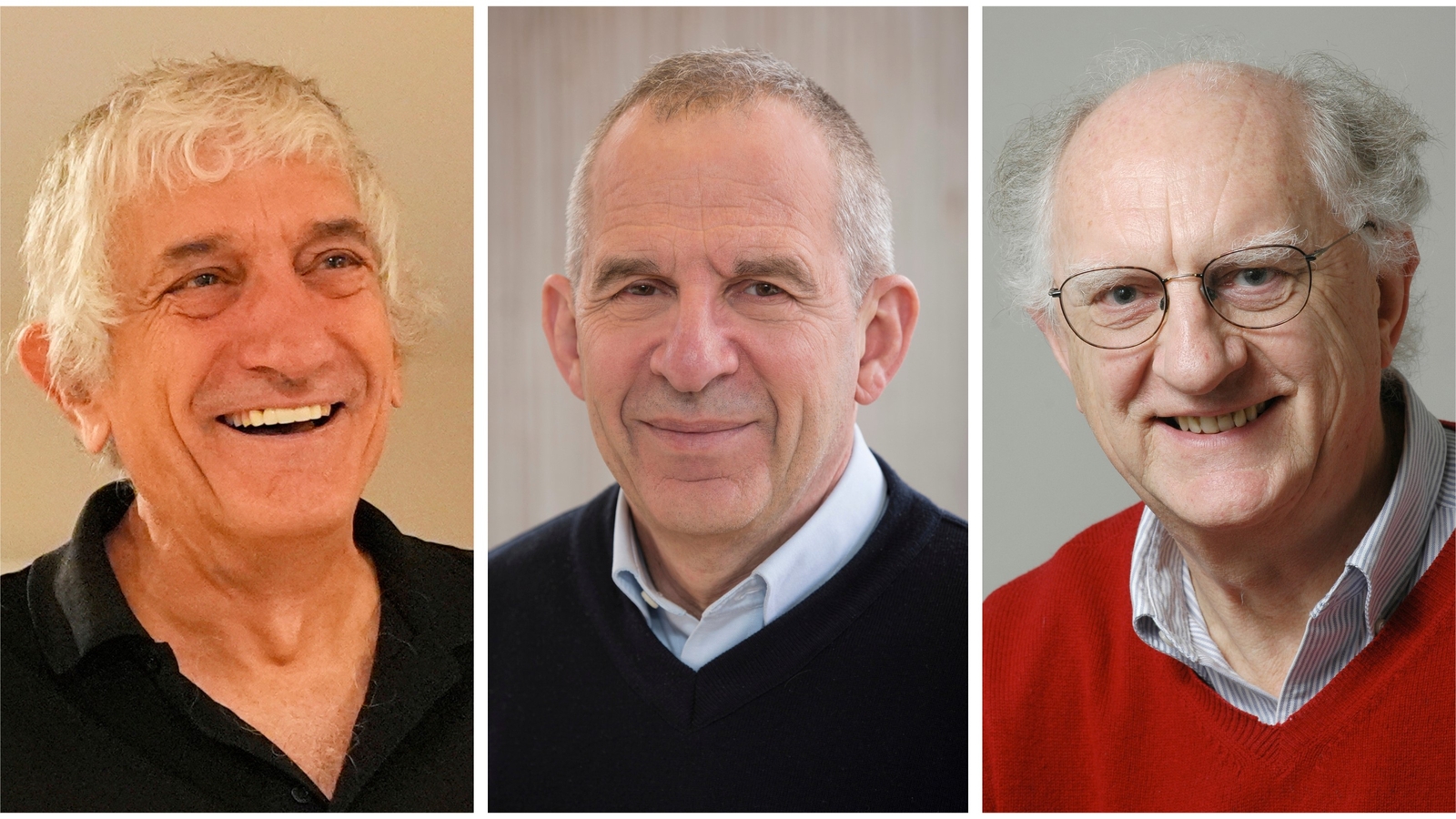
"The work by John Clarke, Michel H. Devoret and John M. Martinis took the seeming contradictions of the subatomic world - where light can be both a wave and a particle, switches can be on and off at the same time and parts of atoms can tunnel through what seem like impenetrable barriers - and brought it to a more human scale. Their findings are just starting to appear in advanced technology and could pave the way for the development of supercharged computing."
"The prize-winning research in the mid-1980s took the subatomic "weirdness of quantum mechanics" and found how those tiny interactions can have real-world applications on the human-scale level, said Jonathan Bagger, CEO of the American Physical Society. The experiments were a crucial building block in the fast-developing world of quantum mechanics. Speaking from his cellphone, Clarke, who spearheaded the research team, said: "One of the underlying reasons that cellphones work is because of all this work.''"
John Clarke, Michel H. Devoret and John M. Martinis won the Nobel Prize in Physics for pioneering research on subatomic quantum tunneling. Their mid-1980s experiments translated quantum phenomena—wave-particle duality, superposition, and tunneling—into devices that operate at human scales. The work underpins technologies such as cellphones, faster computers, and ultra-sensitive MRI measurements. The findings are beginning to appear in advanced technologies and could enable supercharged computing. Jonathan Bagger called the experiments a crucial building block in the fast-developing field of quantum mechanics. Clarke noted that one underlying reason cellphones work is because of this research.
Read at ABC7 Los Angeles
Unable to calculate read time
Collection
[
|
...
]